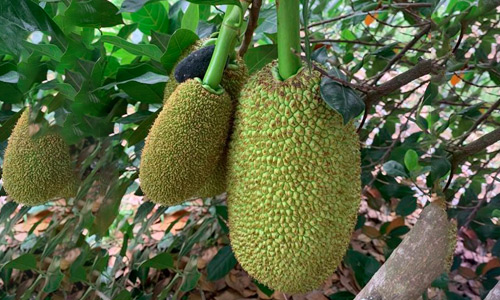We value your privacy
We use cookies to enhance your browsing experience, serve personalized ads or content, and analyze our traffic. By clicking "Accept All", you consent to our use of cookies.
We use cookies to help you navigate efficiently and perform certain functions. You will find detailed information about all cookies under each consent category below.
The cookies that are categorized as "Necessary" are stored on your browser as they are essential for enabling the basic functionalities of the site. ...
Necessary cookies are required to enable the basic features of this site, such as providing secure log-in or adjusting your consent preferences. These cookies do not store any personally identifiable data.
No cookies to display.
Functional cookies help perform certain functionalities like sharing the content of the website on social media platforms, collecting feedback, and other third-party features.
No cookies to display.
Analytical cookies are used to understand how visitors interact with the website. These cookies help provide information on metrics such as the number of visitors, bounce rate, traffic source, etc.
No cookies to display.
Performance cookies are used to understand and analyze the key performance indexes of the website which helps in delivering a better user experience for the visitors.
No cookies to display.
Advertisement cookies are used to provide visitors with customized advertisements based on the pages you visited previously and to analyze the effectiveness of the ad campaigns.
No cookies to display.
|
Division
|
Angiosperms
|
|
Class
|
Dicotledons |
|
Subclass
|
Apetalae |
|
Order
|
Urticales |
|
Family
|
Moraceae |
|
Genus
|
Artocarpus |
|
Species
|
heterophyllus |

|
Etymology: |
Artocarpus: artos means bread in Greek, and carpus: fruit in the same language. |
|
Botanical name
|
Artocarpus heterophyllus Lam. |
|
Local/Trade names:
|
Jack-Fruit Tree, Katahal. |
|
Conservation status: |
Commonly cultivated throughout India for it edible fruits. |
|
Digonestic features: |
Bark dark grey; fruits large pendant from the trunk and large branches of the tree. |
|
Description: |
Large tree. Bark dark grey. Leaves dark green, 10-16 cm long, elliptical or obovate, shining above. Male and Female inflorescence on the same tree; male forming small finger like receptacles; female (fruit) 30-45 cm long, 15-30 cm in diameter pendant from a short, stout stalk from the trunk and larger branches. Seeds 3-4 cm, kidney-shaped. |
|
Phenology: |
Fls.: Mar.-Sept. Frts.: July-Sept. |
|
Distribution: |
Western Ghats. Myanmar, Sri Lanka, Malaya and Brazil. |
|
Where to see it: |
Nursery and Medicinal Plant Garden. |
|
Uses: |
Fruits are 30-60 cm long, containing a large number of seeds, each enclosed in a yellowish juicy sheath. Two varieties: Kapa with sweet and fleshy pericarp; and Barka, inferior, with mucilaginous sour pericarp. Unripe fruits used as a vegetable or pickled; ripe ones eaten fresh or preserved in syrup. Seeds are rich in starch and eaten after roasting or boiling. Wood used for general carpentry work, plain furniture, brush backs, turnery, and inlay work. Also employed for musical instruments. Wood yields a yellow colouring matter. |
Chief Conservator of Forests & Chief Wildlife Warden is the Head of the Department. There is one post of Conservator of Forests & two posts of Deputy Conservator of Forests viz.